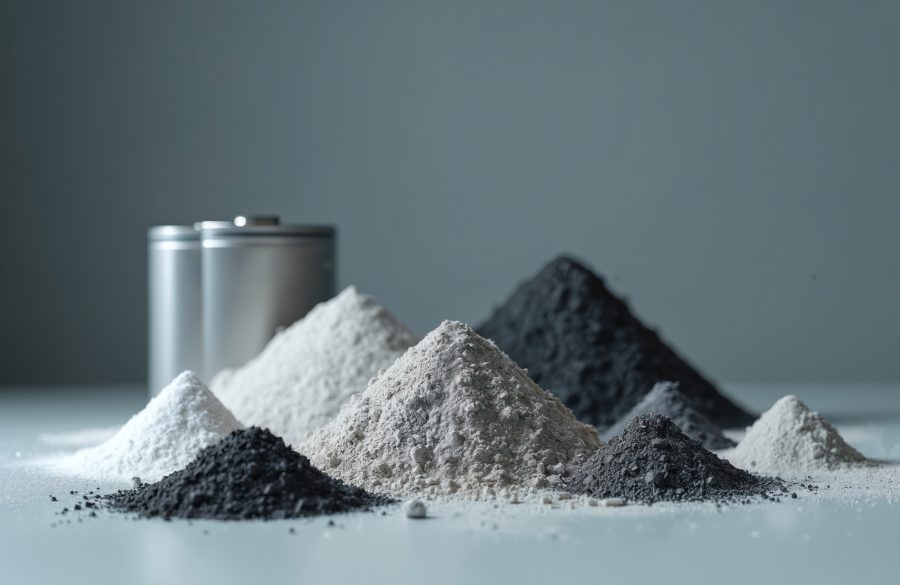Kibali breaks records across board, all key production parameters above plan
The Kibali gold mine produced 807,2511 ounces of gold in 2018, above its target of 750,000 ounces and 35% higher than its output the previous year. This was achieved on the back of the successful ramp-up in underground production and a steady improvement in the processing plant recovery and throughput.
Barrick president and chief executive Mark Bristow told a media briefing here today that the record production was driven by the shaft operating at nameplate specification and the optimization of the underground materials handling system which has placed Kibali at the leading edge of gold mine automation in Africa.
Bristow noted that Kibali’s partnership philosophy was continuing to deliver dividends to the local economy, with $39 million paid to Congolese contractors in the last quarter of 2018 alone.
Despite the high activity level, the mine recorded its safest year to date, with no lost-time injuries in the fourth quarter and no significant environmental incident. Bristow said the mine continued to offset the impact of its operations through environmental projects such as the 10,130 indigenous trees planted on the site last year, as well as biodiversity initiatives. On the health front, the malaria and HIV prevalence rates continued to decrease and stood at 12.9% and 2.8% respectively at the year end.
The resettlement of 1,478 families from the Gorumbwa site to a new village has been successfully completed and will allow the development of the next satellite pit in the mine plan. In addition, continuing brownfields exploration around the mine has identified numerous opportunities for reserve replacement along the KZ trend and around KCD.
“Our commitment to the DRC, made 10 years ago when Randgold started developing Kibali, has not dimmed, and under the new banner of Barrick we expect to continue to make a significant and growing contribution to the country’s economy and to unlock further value for all our stakeholders,” he said.
{{ commodity.name }}
{{ post.title }}
{{ post.date }}

Comments